Estimated reading time 16 minutes, 18 seconds.
In August 2022, KF Aerospace opened the doors to its brand-new Centre for Excellence in British Columbia’s Okanagan Valley, right next to the Kelowna International Airport. The 60,000-square-foot building — designed to resemble the fuselage and wings of an airplane — features an impressive aviation museum with a rare aircraft collection and interactive exhibits, along with an airfield viewing gallery and conference facilities.
A non-profit organization, the KF Centre for Excellence aims to celebrate the people and history of the aviation community, and promote career development through education and training support. Skies recently sat down with KF Centre for Excellence executive director, Paula Quinn, to hear about the Centre’s beginnings and what future plans include.
Skies: Tell us about your role as executive director of the KF Centre for Excellence.
Paula Quinn: My role as executive director — as an officer of the society — is to uphold what the board of directors has tasked me with, which is, of course, the day-to-day operations, the administration, and keeping the corporate side of society consistent. But it’s also ensuring that the stories that are shared with us are shared with everybody else, and having the artifacts to go along with that — and keeping new artifacts and aircraft coming in so that it’s exciting for people. Plus, the role includes promoting the Centre, whether that’s through events or social media, to keep it alive with people.
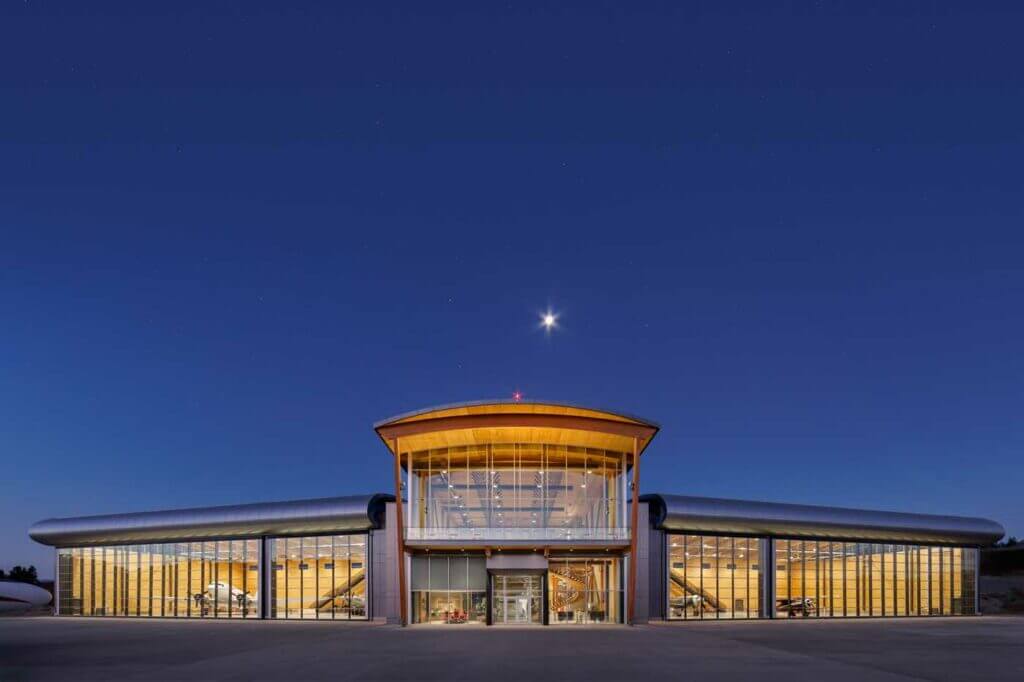
Skies: What did the process of building and opening the Centre look like over the past several years?
P.Q.: The idea for the KF Centre for Excellence was conceived by our founder, Barry Lapointe, around six years ago. Barry always knew he wanted to build a legacy for aviation in the Okanagan so he could showcase and be an advocate for the industry, but he didn’t know what that was actually going to look like. And then it was six years ago that he took me to lunch and said, “Paula, I now know what I want my legacy to look like, and I want you to run it for me.”
So, he actually borrowed a little notepad from the waitress, and he drew me a very simple form of what he saw his legacy looking like — of the building we now have today; it had to be the shape of an aircraft, it had to be made of mass timber, and it all had to be sourced from B.C.
So, we then had to figure out how we were going to do it. We held charrettes for two days with a multitude of different subcontractors to see what ideas they could come up with. From those two 10-hour days, we managed to get a team together.

The design of the building, all of the mass timber, was done by StructureCraft. I knew how important it was for us to be able to achieve a design that would actually look and feel like an aircraft — it had to have elements of an aircraft. So StructureCraft came up with a glulam beam system for the hangar portions, or “wings,” of the building that were the exact curvature of a Spitfire wing. They actually ran algorithms to figure out how much they could bend the wood.
For the main “fuselage” part of the building, I had an epiphany one day. About eight years ago, I bought Barry an old wing spar from a flea market — a tiny little thing that was on a 1941 biplane. He always had it hanging in his office, and when I looked at it, I knew that needed to be the shape and form of the inside of the fuselage.
The structural engineers managed to bend and form all of the panels on the second floor — there are 68 of them — to that shape, to make it look as if you’re walking inside a wing, feeling and seeing wing spars. Each and every one of those panels had to be hand-bent on jigs on site.

So, the Centre actually took 15 months, two weeks, and four days to complete. In that time, we logged over 285 labor hours with over 100 full-time positions. We moved 59,000 meters of earth to create the site, and used 500,000 linear feet of lumber — which equates to over 150 kilometers. North American forests grow this much lumber in two minutes.
Skies: KF Aerospace has locations all across Canada. Why was the Okanagan Valley important for this project?
P.Q.: Barry started this company 53 years ago in the Okanagan Valley, having grown it from a single-man operation to more than 1,100 employees. It was a great opportunity for us to acknowledge the importance and significance of what KF has contributed not only to the community, but also to the Canadian aerospace sector. Barry wanted to ensure that the KF story could continue to be told in the future, and also have the opportunity to share his financial success with the community.
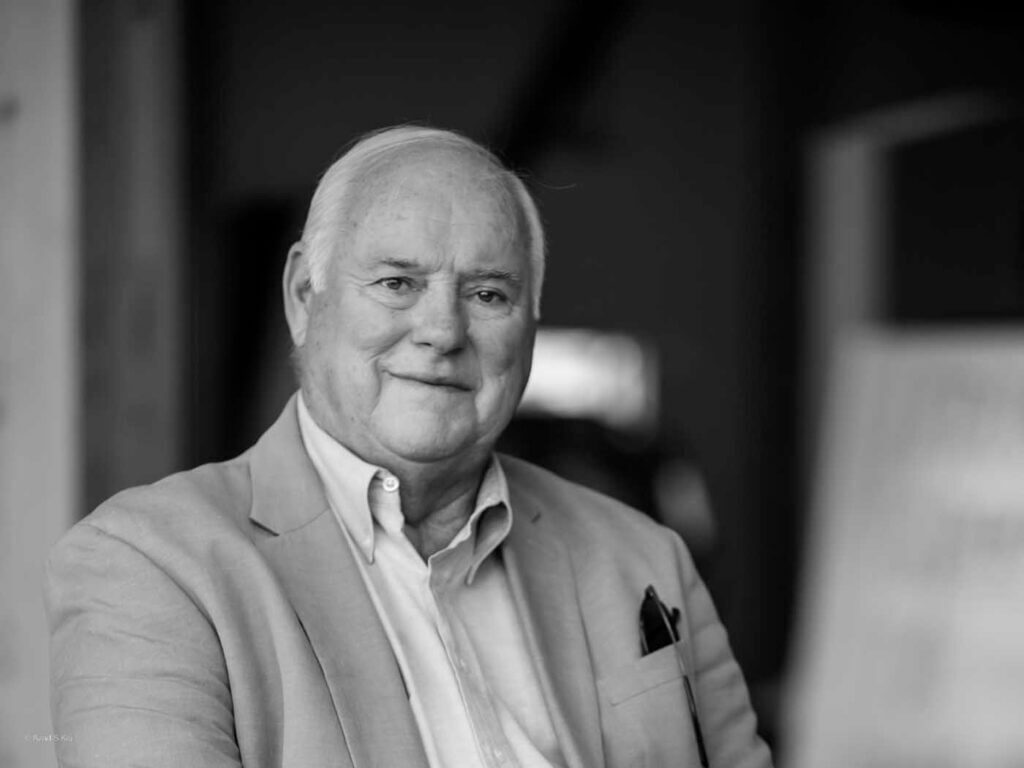
Skies: Describe what visitors would experience when they walk through the doors, making their way through the Centre’s “fuselage” and “wings.”
P.Q.: As you come through the main doors, you’re hit with this amazing, one-of-a-kind circular mass timber staircase. There isn’t another one built like this in the world. And then we have hand-painted Okanagan mountain ranges set upon vinyl all the way through the exhibit, which flows through the evolution of aircraft engines to start — how the engines evolved to get the aircraft up and over the mountains and into the valley. These are real engines that were donated and have been pristinely restored for educational purposes. It tells a story as you’re in the “fuselage” on the ground floor, leading up to the purpose of the aviation industry.
We showcase a DC-10 simulator — which was actually our DC-10 /30 simulator that we trained our own pilots on, until we sold the DC-10. The simulator became null and void, so we took that and built it into the display. That sits next to a real Convair aircraft that we cut in half, so the kids can climb in and see what the inside of an aircraft actually looks like from the pilot’s view. Plus, we took off all the panels so you can see the wiring and the hydraulics. We also have flight training interviews playing on a TV screen, so visitors can understand why we use simulators to train pilots.
We then showcase all the local airports — Vernon (YVE), Kelowna (YLW), and Penticton (YYF) — and we tell their history; we tell the story of why certain lines are put onto a runway and what they mean to the pilots; and we have a fully interactive display of YLW. You can have a look at the baggage control, the tower, security, etc. It offers an inside view via screen with sound and touch.
On the second floor, there’s a cafeteria that will be opening in the summer. You can see the whole runway, so people can sit on the deck and enjoy the aircraft coming and going. We also use that area for event space.
Then, of course, we have the aircraft displays in the hangars.
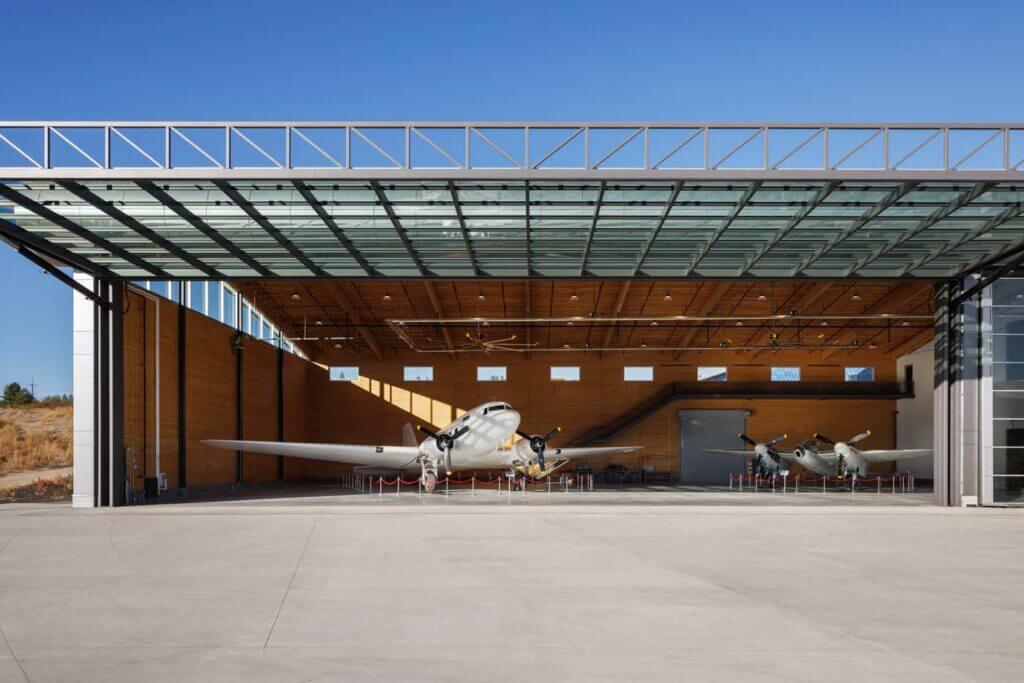
and one of only two in flying condition. Shawn Talbot Photo
Skies: What makes the Centre’s aircraft collection so special? Are there plans to add to the collection in the near future?
P.Q.: We are the proud owners of one of only four de Havilland Mosquitos in the world, and ours is one of two in flying condition. Our Mosquito also has the original wood from when it was manufactured back in 1944 — the Sitka Spruce B.C. wood. We also built a full display for our Hawker Tempest aircraft, which we have restored over the last seven-and-a-half years. It’s here in the Okanagan Valley and next year when it flies, it will be the only one in the world that’s flying.
We also have Barry’s DC-3 that he flew around the world in 1986, and that is his original aircraft. It took us years to find it, but we managed to find it in a hangar in the Deep South. One owner had it for over 30 years. So now we’re fully restoring it back to its 1986 glory, when it flew around the world in Expo 86.
We also have a Turbo Beaver, a floatplane, a Staggerwing, and we recently purchased a CF-104 from the U.S., which should be here in about two months.
There are more aircraft acquisitions down the line, but we’re not ready yet to say what they are.
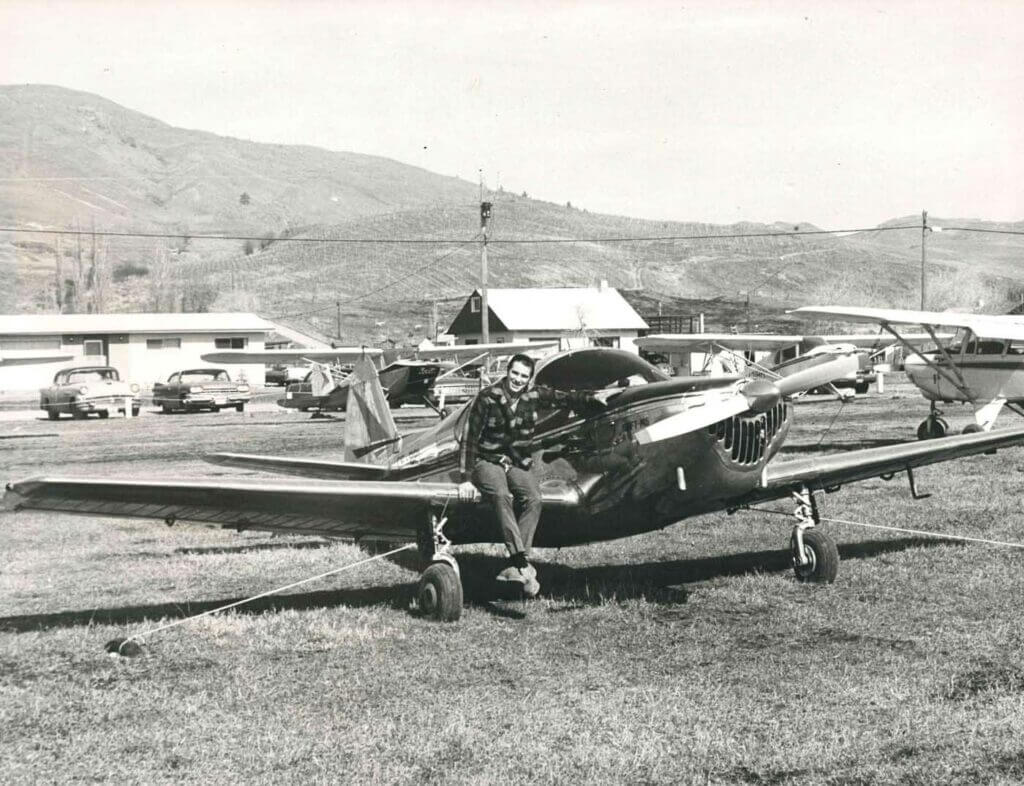
Skies: Can you share any upcoming plans for the Centre, whether special events or new exhibits?
P.Q.: Exhibits are ongoing donations from people. The outpouring from people has been amazing. They want to donate their family heirlooms, their pictures, handwritten notes from pilots; we’ve got logbooks and all these artifacts that we’re building as fast as we can to showcase for people to see — to have that correlation with the aircraft and history here.
As for events, we recently hosted the Kelowna Airport Spring Travel Show and the hiring fair, and we had over 4,500 people through the door. What happened was everyone said, ‘We didn’t realize we could come here and visit.’ That’s what we want, so then they’re coming back; they’re bringing their children, or they’re bringing their grandchildren. It’s that legacy. It’s that continuation of history, and families continuing to come back and enjoy it.
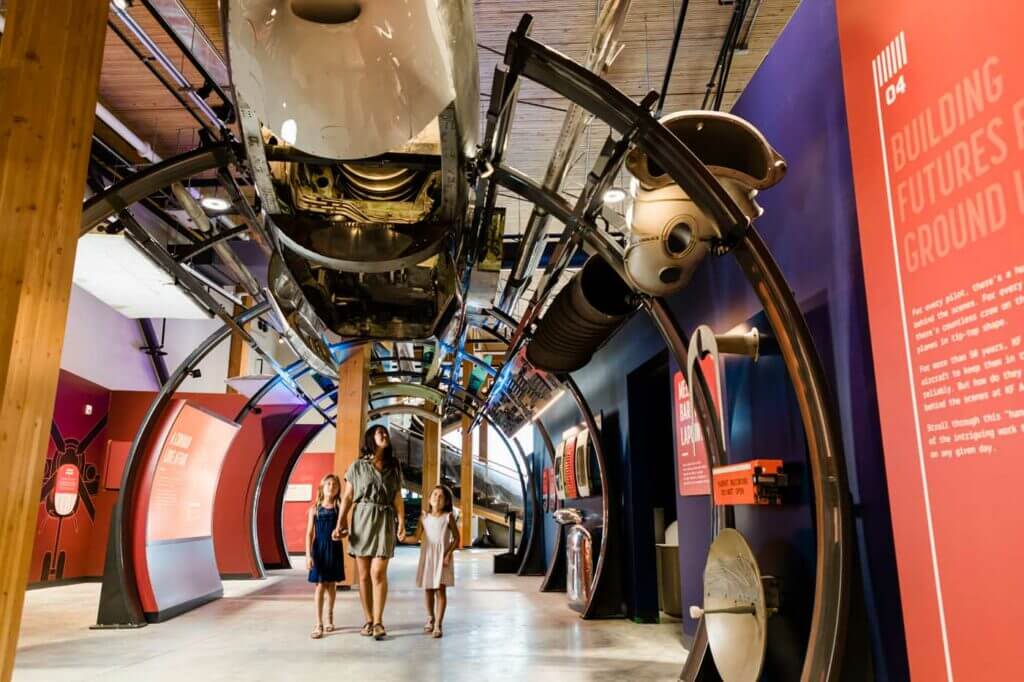
Skies: What has feedback been like from the public and the aviation community since the Centre’s grand opening in August 2022?
P.Q.: The feedback has been incredibly positive. As I said, the outpouring has been overwhelming at times.
We had one gentleman, who was 98 years of age, drive four hours from up north to come and see the Mosquito. When he walked through the door, he just broke down and cried; he didn’t know what to do because he didn’t know how emotional he would feel being up close to this aircraft that he had actually been an engineer on. He had to sit for a minute to compose himself, and he spent over two hours here and then drove away as happy as ever.
It’s bringing a lot of emotion into people because this is something that they can really relate to, and it’s been so many years since they’ve actually been able to experience it. So, they can come here and be a part of it — and have the added wonder of this amazing, world-class building.
Skies: What do you hope each guest learns when they visit the KF Centre for Excellence?
P.Q.: I think it’s about the whole experience. What you have is this new, modern, innovative building, but then you also have this deep history of aircraft that showcase so well within the environment of what 90 percent of them were built of — which is wood.
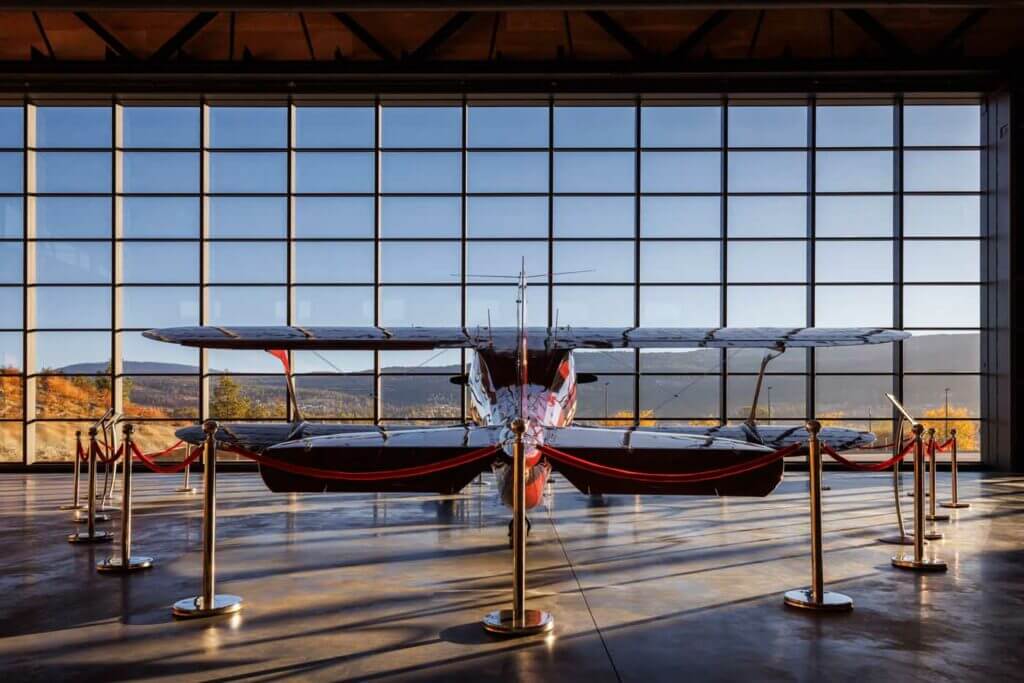
It’s also about being advocates to instill in the younger generation — and the up-and-coming work generation — the excitement and opportunities that surround the aviation industry.
This interview has been edited and condensed.
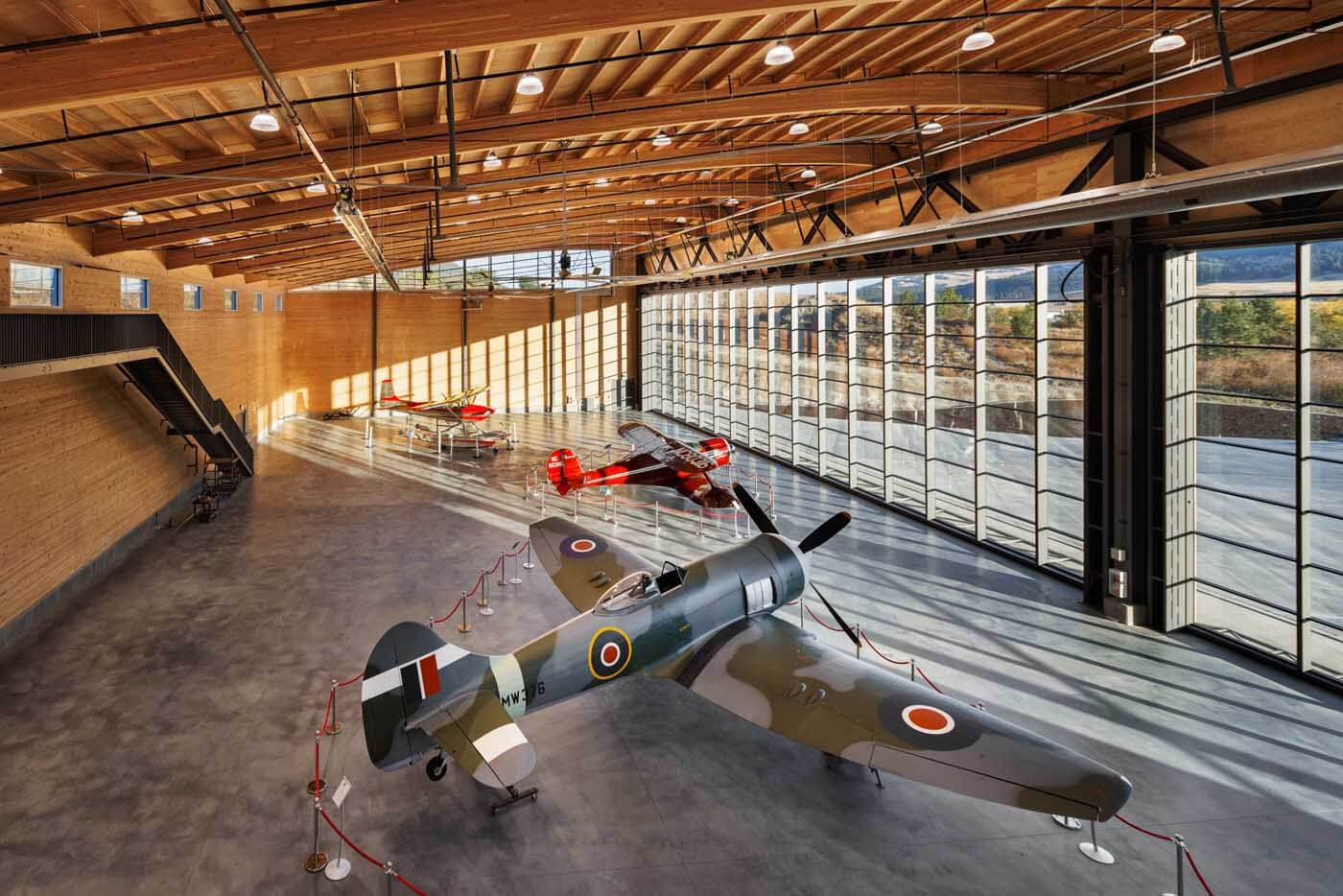
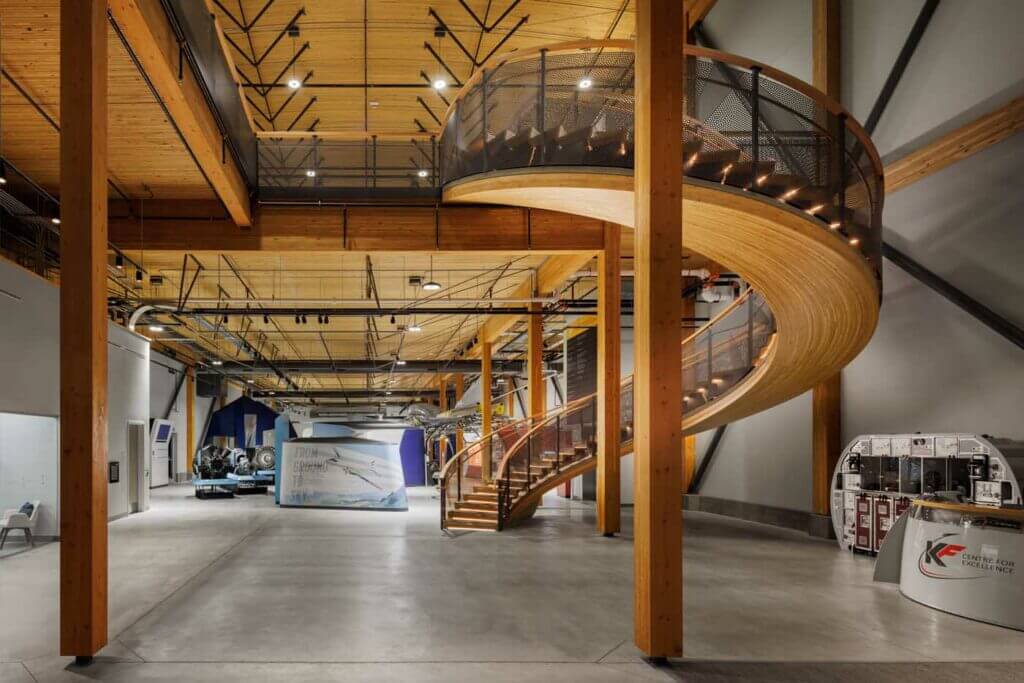
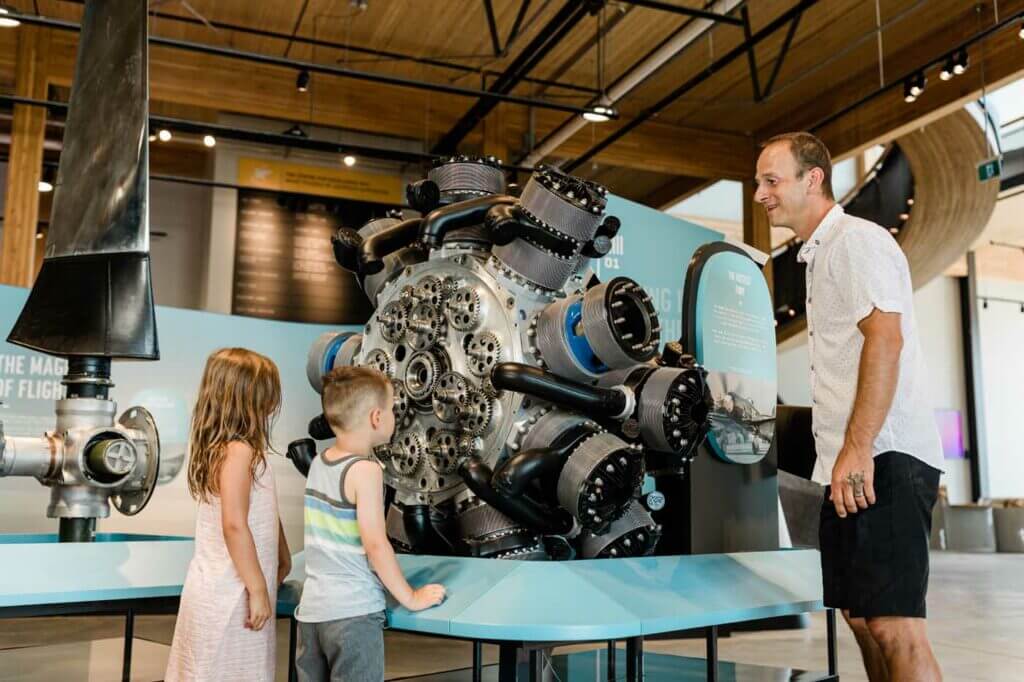
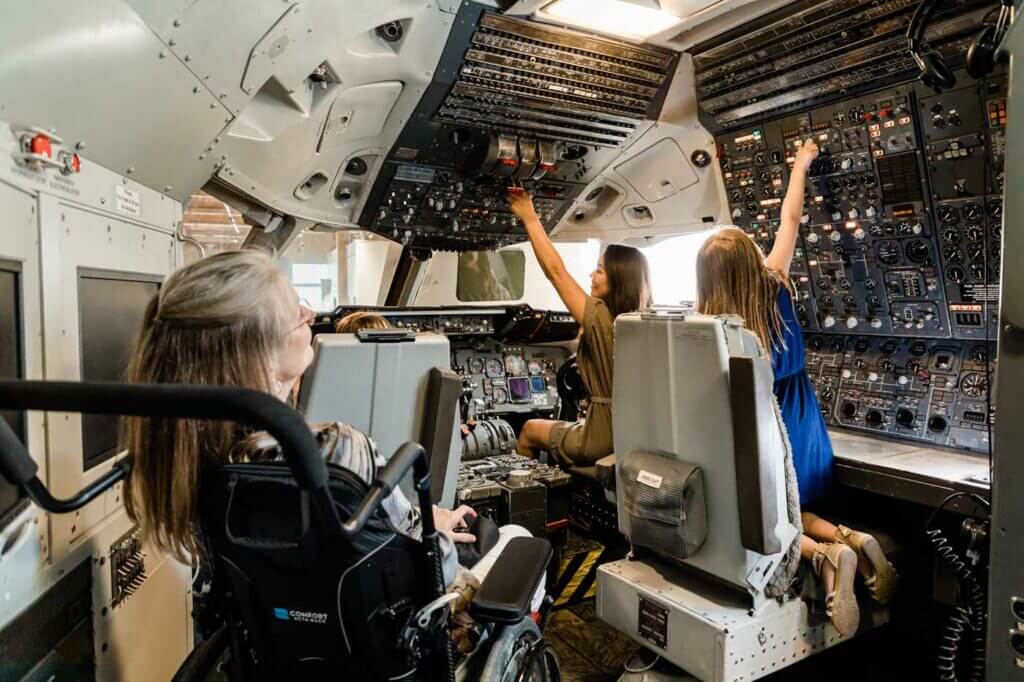
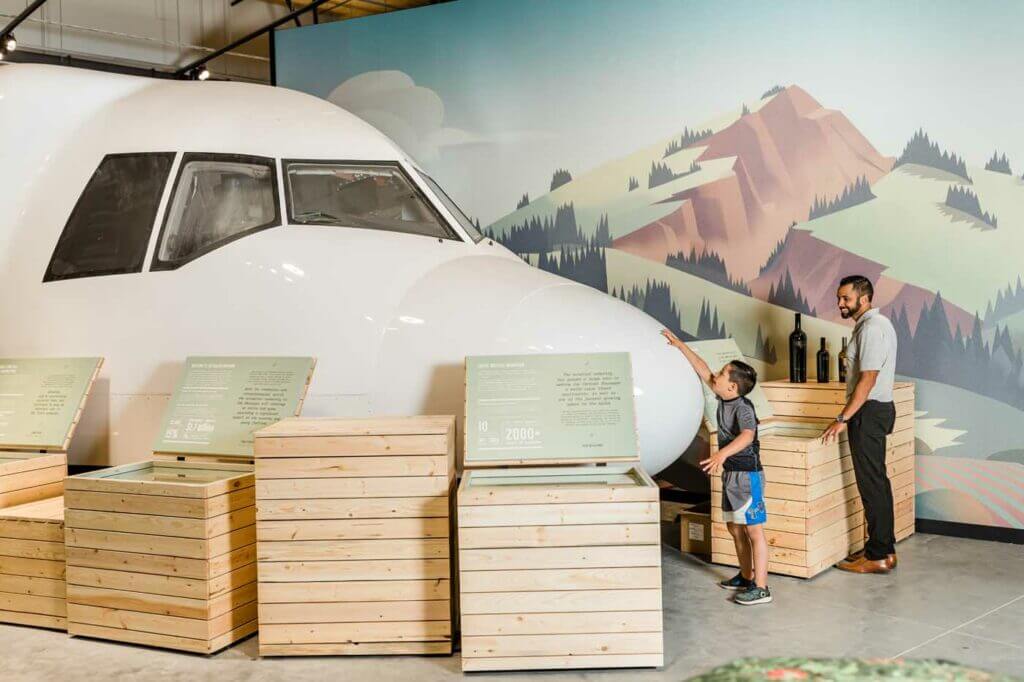

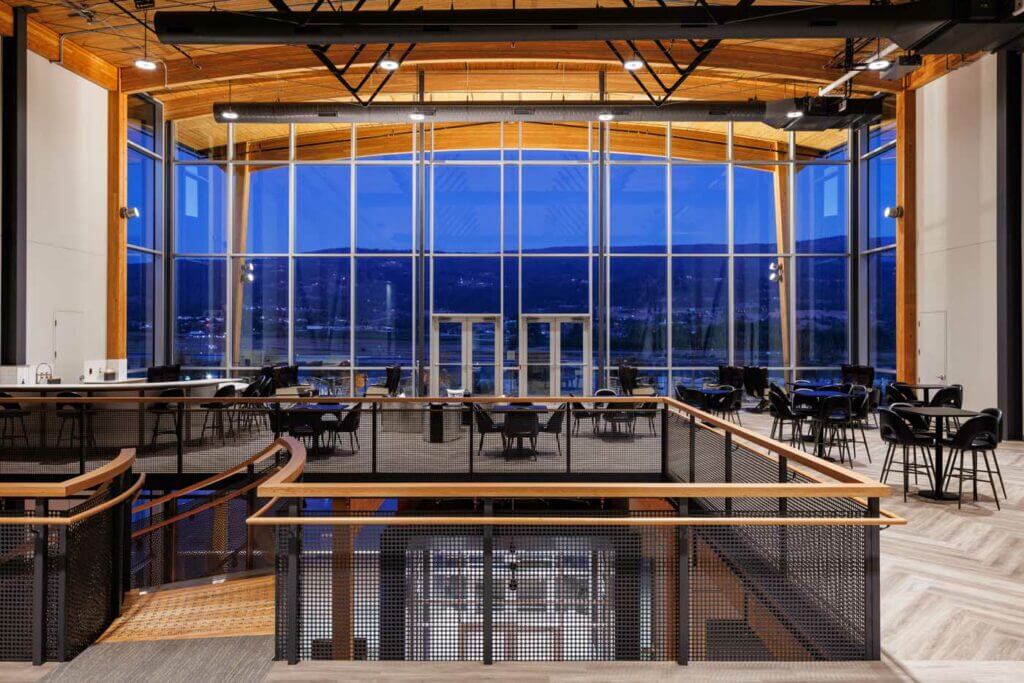
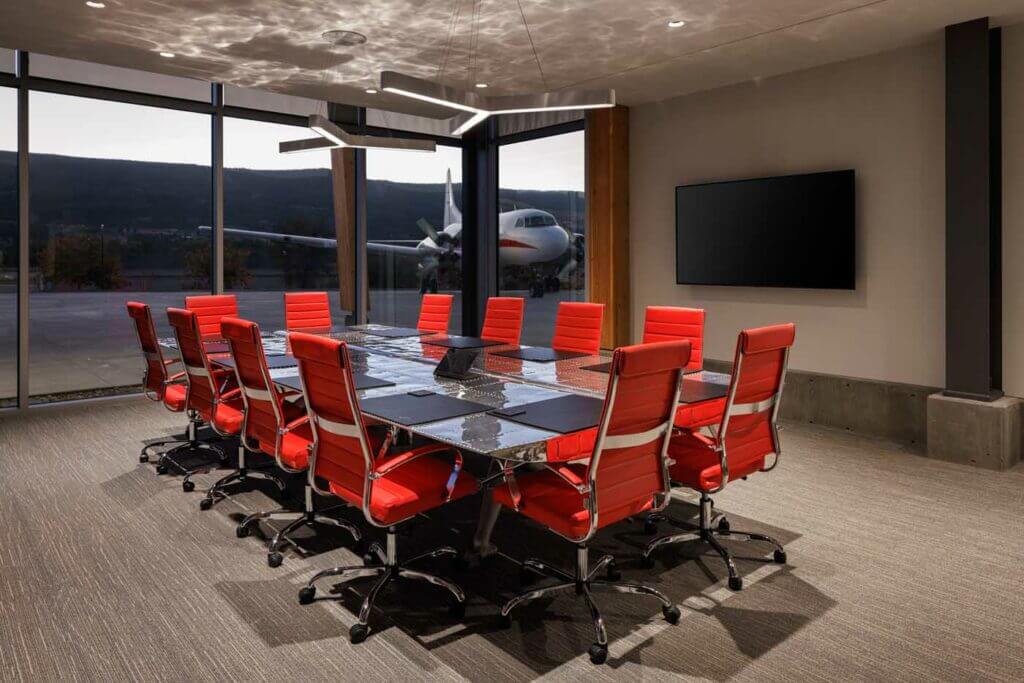

Great article! Can’t wait to visit.